Case Number : Case 796 - 5th July Posted By: Guest
Please read the clinical history and view the images by clicking on them before you proffer your diagnosis.
Submitted Date :
70 years-old male, lesion on the left cheek. Also had a BCC on the nose.
Case posted by Dr. Richard Carr.
Case posted by Dr. Richard Carr.

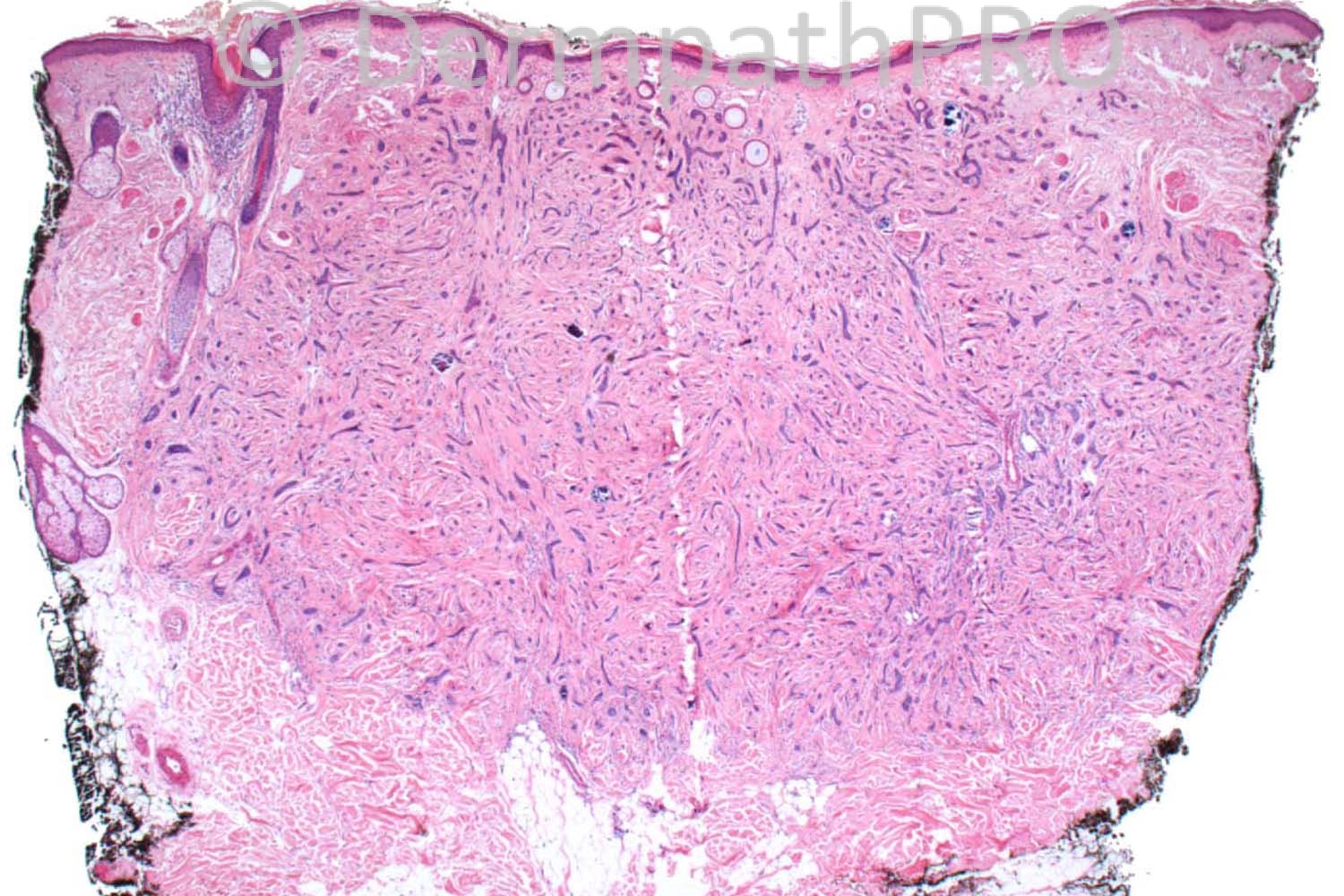
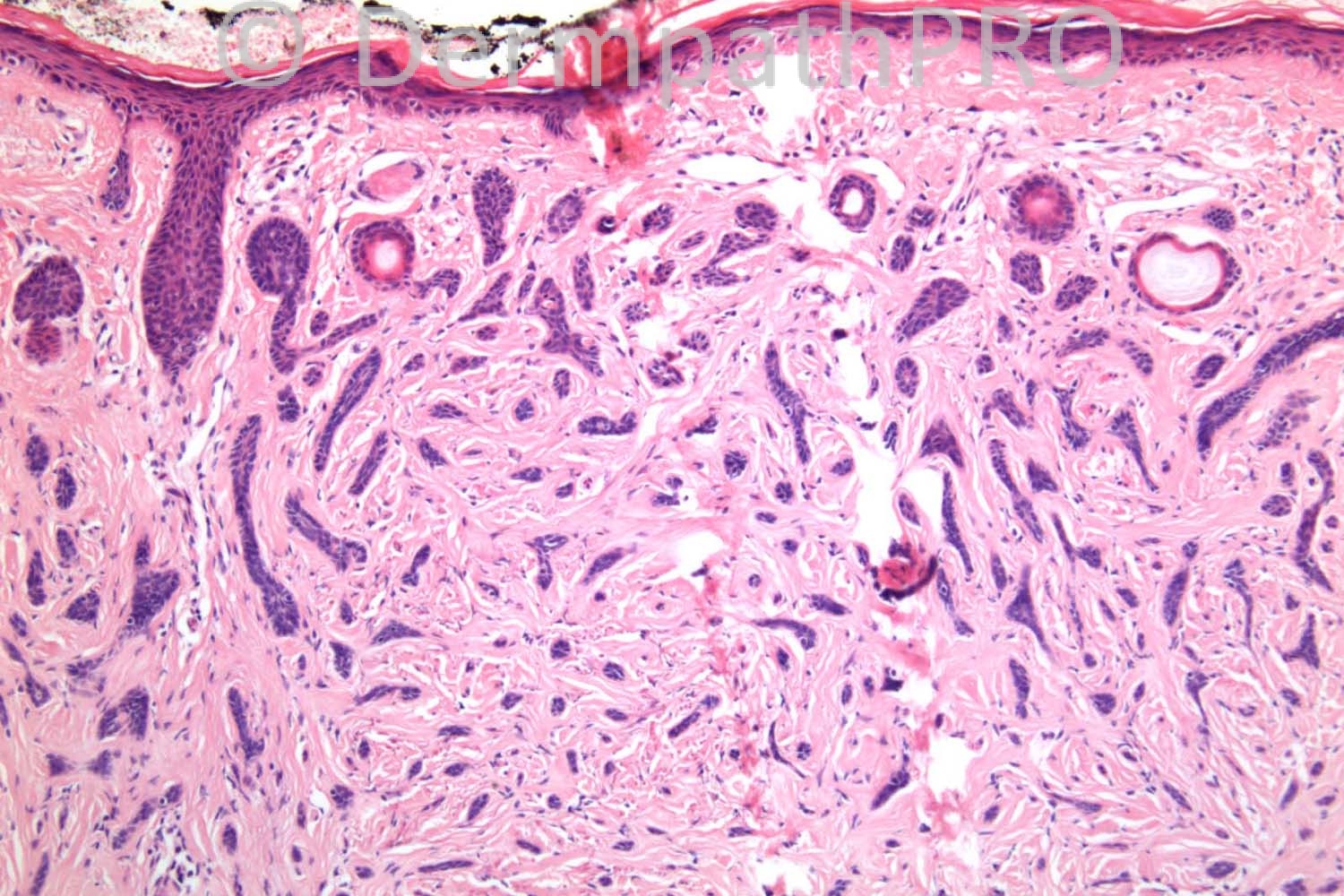
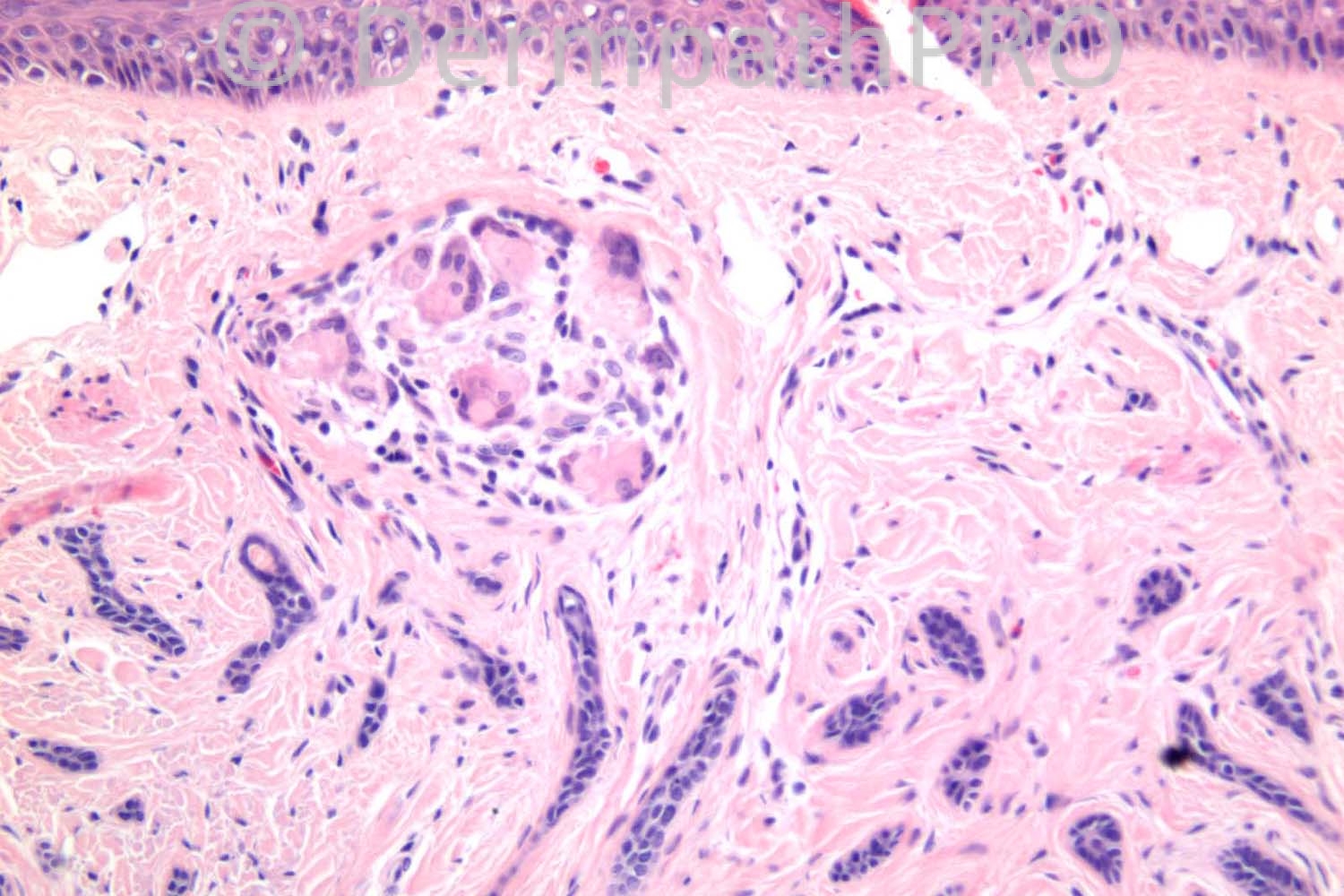


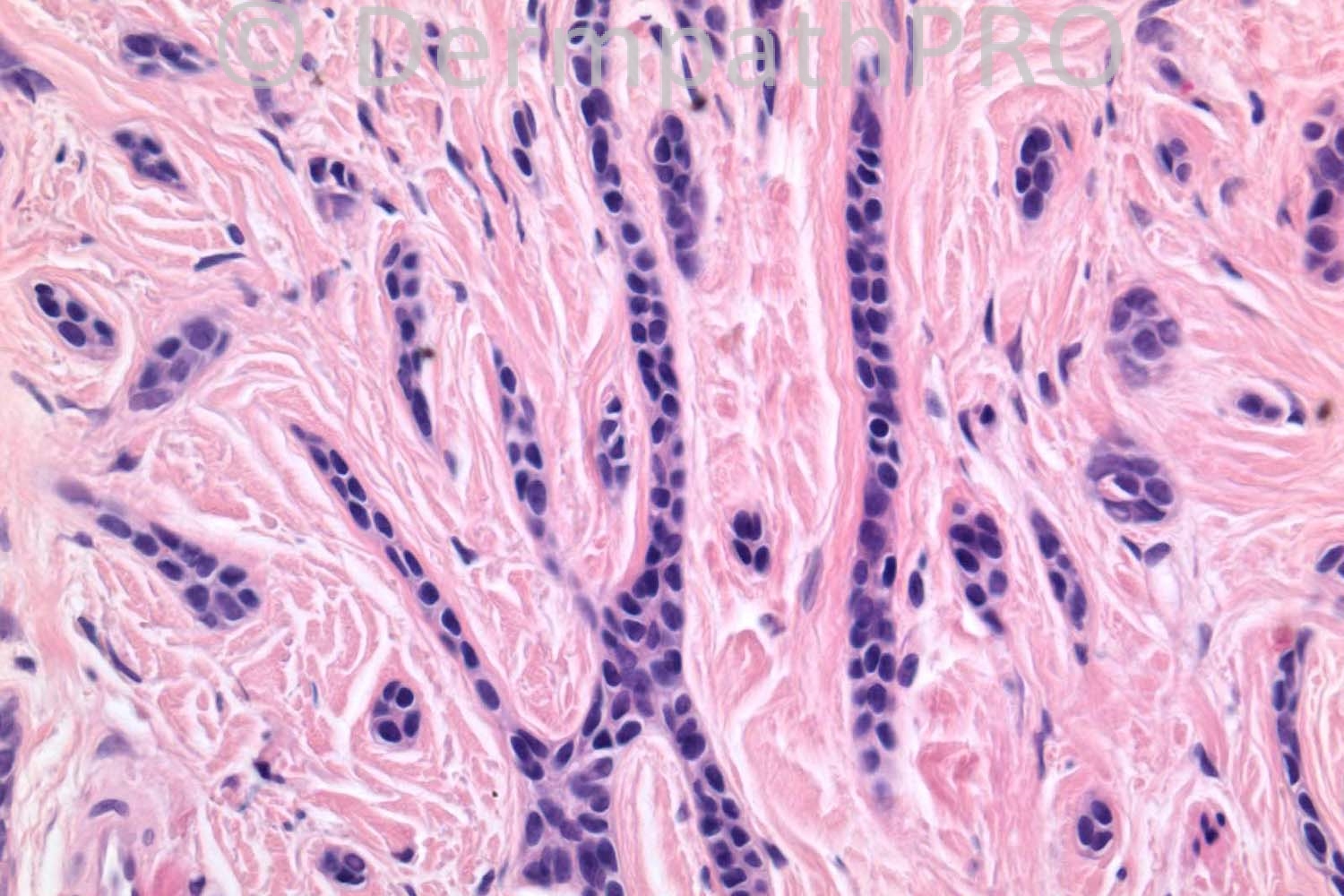
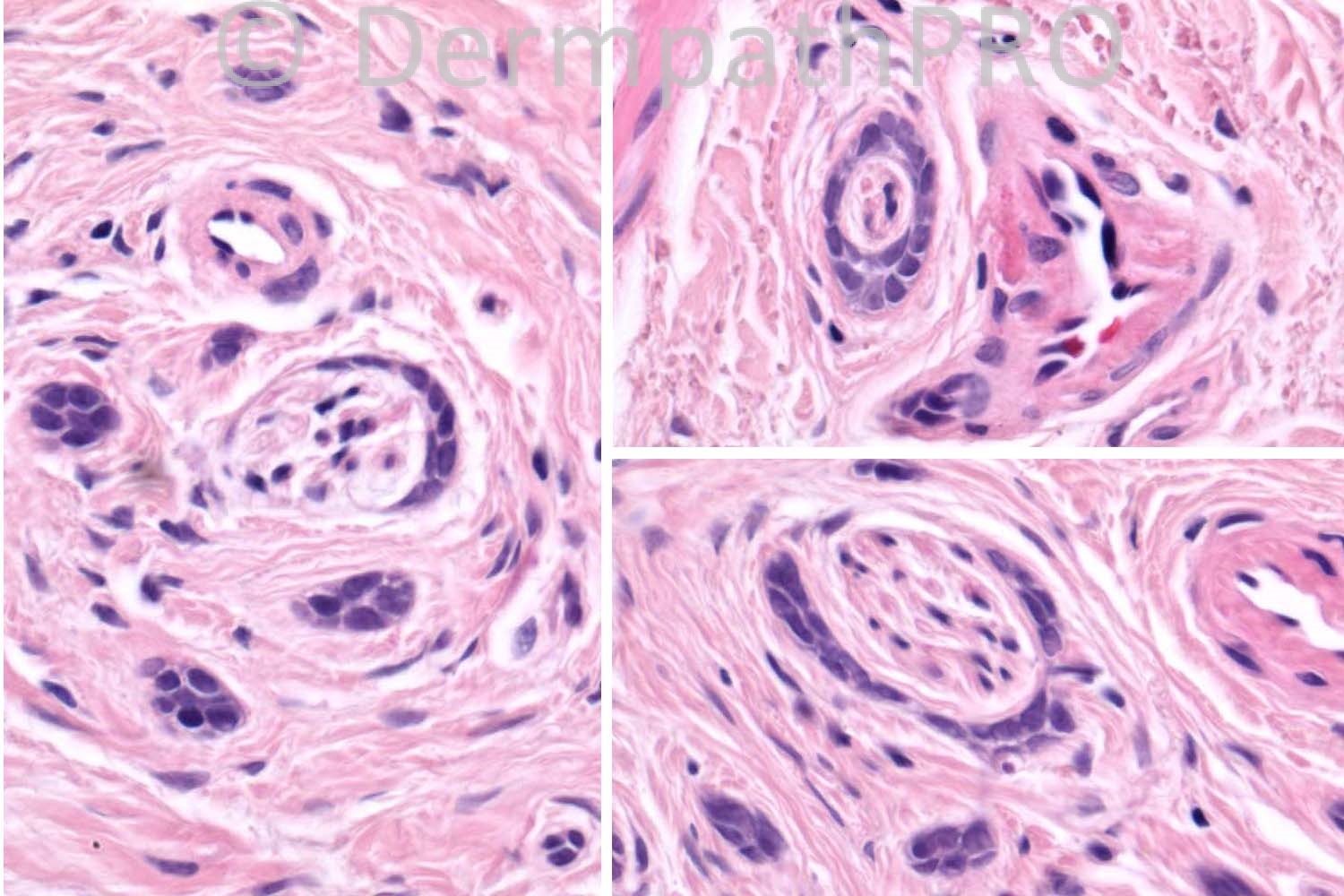

Join the conversation
You can post now and register later. If you have an account, sign in now to post with your account.